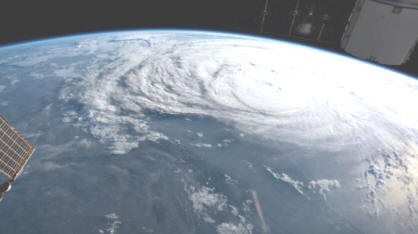
The Great Smoky Mountain Journal
Staff Reports
Posted: Sunday, January 21, 2018 03:50 PM
Scientist: Don't Blame Hurricane Harvey on Global Warming
“It’s a fact: climate change made Hurricane Harvey more deadly,” The Guardian reported. And Kevin Trenberth, a senior scientist at the U.S. National Center for Atmospheric Research told The Atlantic, “The human contribution can be up to 30 percent or so of the total rainfall coming out of the storm.”
But Roy Spencer, a meteorologist at the University of Alabama, disagrees. “The flood disaster unfolding in Houston is certainly very unusual. But so are other natural weather disasters, which have always occurred and always will occur,” he wrote on his blog.
Many flood disasters have ravaged the Gulf Coast even as far back as the mid-1800s. In 1900, a Category 4 hurricane struck Galveston, Texas, and left more than 6,000 people dead in its wake. During a 1935 storm, the water level in a particular section of Houston reached more than 54 feet. At the same location, as of Monday morning, the water level was 38 feet. In 1979, tropical storm Claudette produced 43 inches of rainfall in 24 hours in Houston.
Harvey caused such severe flooding because it stalled after it hit land, concentrating all of the rainfall in one area of Texas instead of spreading it out as it moves hundreds of miles inland, the way most tropical storms do. No evidence suggests global warming makes rain systems move slower, Spencer said.
Nor does science indicate hurricanes are becoming more frequent. In the last 47 years, four Category 4 or stronger hurricanes have struck the United States, but in the 47 years prior to that there were 14, more than three times as many. The United States has just enjoyed nearly 12 years without a major hurricane. Lake sediment along the coast of Florida shows evidence that catastrophic hurricanes struck more than 1,000 years ago and became less frequent in the most recent 1,000 years.
“Weather disasters happen, with or without the help of humans, “Spencer wrote.

